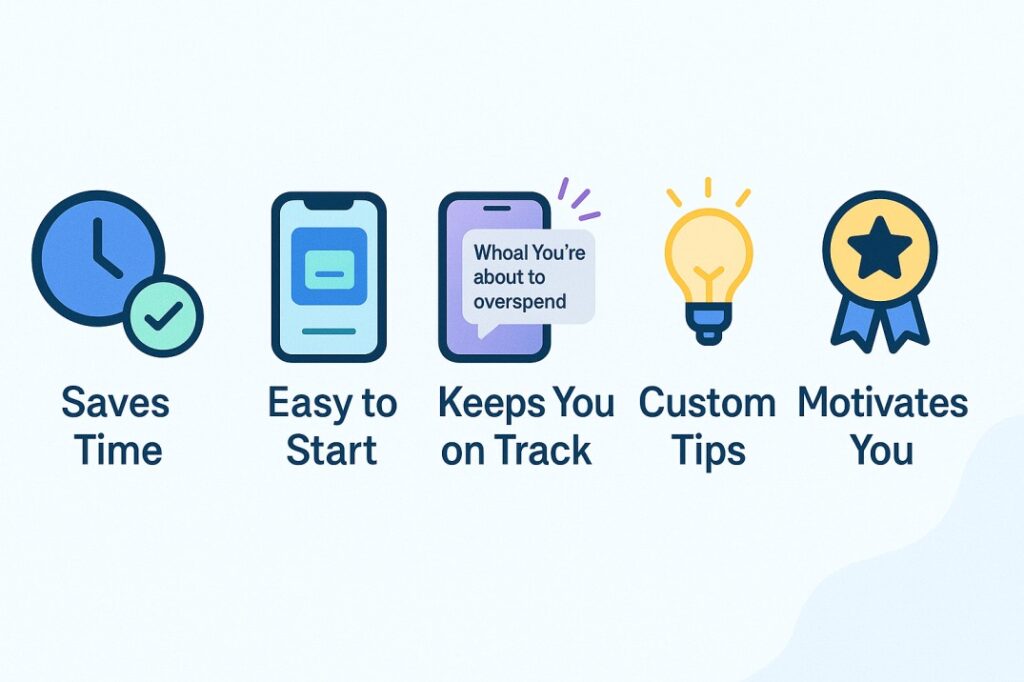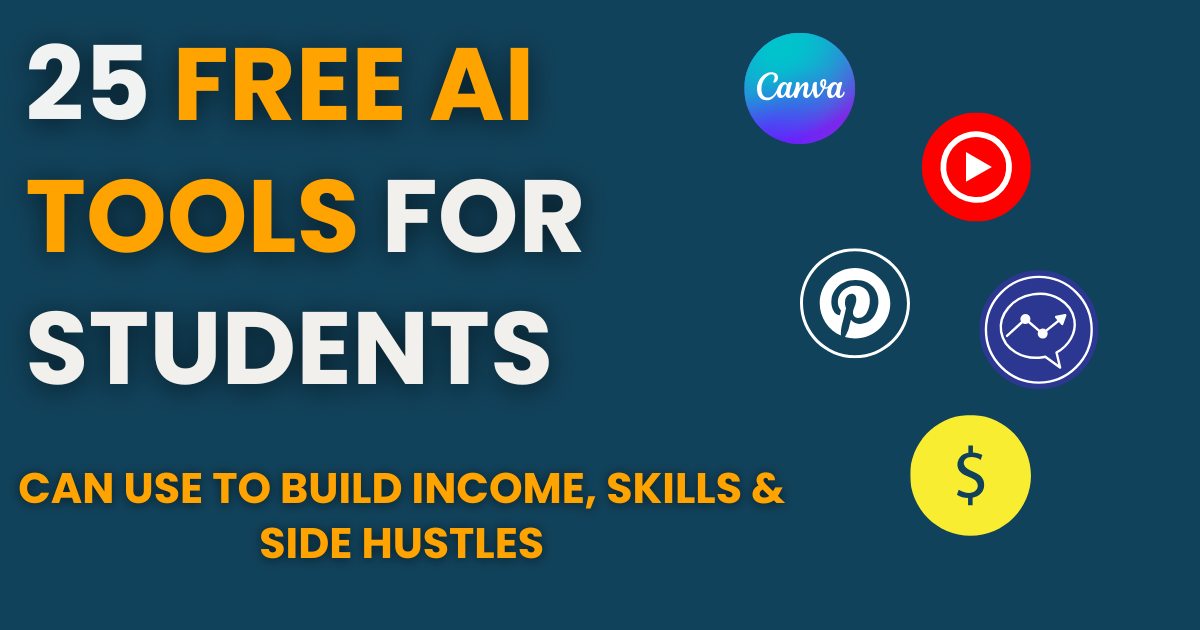AI vs Traditional Budgeting for Gen Z: Which Works Better in 2025?
Budgeting sounds boring, especially when you are a Gen Z student or fresher in 2025. You are already balancing studies, side hustles, online shopping, and digital wallets. But when it comes to money management, the big question arises:
Should you stick to old school traditional budgeting, or try the new AI-powered budgeting tools? AI vs traditional budgeting for Gen Z — which one actually works better?

In this guide, we’ll break down both methods, show you the pros and cons, and help you figure out what really works for Gen Z in plain, simple words.
What Is Traditional Budgeting?
Traditional budgeting is the old but gold way of managing your money. Think notebooks, Excel sheets, or budgeting apps where you do all the planning manually.
Here’s how it usually works:
- You calculate your monthly income.
- You divide it into spending categories (food, travel, rent, etc.).
- You manually track what you spend and adjust when needed.
Some common tools Gen Z still use:
- Google Sheets or Excel
- Bullet journals
- Expense tracking apps like Monefy or Walnut
Why people love it:
- Full control
- No data sharing with apps
- You learn the basics of money management hands-on
But here’s the problem: It takes time. It’s easy to mess up. And if you hate math or forget to track your spend, your budgets useless.
That’s where AI budgeting tools come in to challenge the old ways.
What Is AI Budgeting?
AI budgeting is the modern way of managing money through intelligent apps. These apps automatically track expenses, categorize transactions, and give you suggestions using artificial intelligence.

When comparing AI vs traditional budgeting for Gen Z, this smart tech wins in terms of speed and ease.
These tools use artificial intelligence to:
- Track your spending automatically
- Categorize your expenses
- Suggest where to save or cut costs
- Alert you when you’re going off-budget
- Even automate your savings goals
Some popular AI budgeting apps in 2025:
- Cleo – Chatbot-style budgeting with humor
- Plum – Saves money for you automatically
- Yotta AI – Smart goal-based budgeting
- Jarvis AI – Investment-focused budgeting for students
🚫Cons:
- Needs internet access
- Some tools are paid or have limited free versions
- You still need to review and adjust settings sometimes
With AI, it’s like having your own financial assistant on your phone — one that’s available 24/7 and never judges you for spending too much on chai or sneakers.
AI vs Traditional Budgeting for Gen Z: Full Comparison
Let’s look at how these two budgeting methods stack up for Gen Z students:
| Feature | Traditional Budgeting | AI Budgeting |
|---|---|---|
| Setup Time | Medium to High | Very Low |
| Ease of Use | Requires learning curve | Super beginner-friendly |
| Control Over Details | High – You do everything | Medium – AI does most of it |
| Personalization | Manual | Auto-personalized via machine learning |
| Time Investment | Daily/Weekly tracking | Mostly passive |
| Insights & Tips | Limited | Real-time suggestions with alerts |
| Fun Factor | Meh | Gamified, chatbot-style (Cleo, Plum) |
When looking at AI vs traditional budgeting for Gen Z, it’s clear AI tools are winning hearts — especially for those new to managing money.
Benefits of AI Budgeting for Gen Z
So why is AI budgeting becoming a favorite among students and freshers?

✅ Saves Time – No more entering numbers every evening. AI tracks spending automatically.
✅ Easy to Start – Just download an app, connect your account, and go.
✅ Keeps You on Track – Sends you spending alerts, overspending warnings, and reminders.
✅ Custom Tips – It learns your spending habits and gives you smarter insights.
✅ Motivates You – Some apps even cheer you on when you hit savings goals.
AI apps like Cleo talk to you like a friend, alert you when you overspend, and give personalized tips. It’s like having a money assistant that works 24/7.
And unlike traditional budgeting, there’s no forgetting to update your log — because the AI already did it for you.
How to Start AI Budgeting in 5 Easy Steps
Thinking of switching? Here’s a beginner-friendly roadmap:
- Choose one AI budgeting app (like Cleo or Plum)
- Connect your account safely — always check for encryption
- Set a small goal like “Save ₹500/month”
- Check weekly for insights and tips
- Track wins & update goals as you grow
Using this approach, AI vs traditional budgeting for Gen Z doesn’t have to be either/or. You can mix and match!
Explore: Best AI Budgeting Apps for Students in 2025
Is Traditional Budgeting Still Useful?
Absolutely! If you’re someone who:
- Likes full control
- Doesn’t trust third-party apps
- Wants to build strong foundational habits
Then traditional budgeting can teach you discipline. It forces you to look at every rupee and take responsibility for your money decisions. Many financial experts recommend learning manual budgeting first before automating it.
Also, if you’re on a super tight budget or don’t want to share your bank data with apps, traditional methods are safer.
Which Budgeting Style Fits You?
Let’s help you decide with this quick checklist:
Choose Traditional Budgeting if you:
- Like full control and detail
- Prefer not to share data
- Are learning budgeting for the first time
- Want to build strong habits from scratch
Choose AI Budgeting if you:
- Want to save time
- Hate spreadsheets
- Prefer automation and alerts
- Want to track and save without much effort
Final Verdict: What Works Better for Gen Z?
📌 AI budgeting is the winner for Gen Z in terms of ease, automation, and real-time help. It fits into your fast-paced lifestyle and doesn’t require finance knowledge.
BUT…
📚 Traditional budgeting still matters, especially if you’re serious about learning money management.
Our honest advice?
Start with AI to get momentum, then add traditional budgeting when you want more control.
Can You Combine Both AI and Traditional Budgeting?
Absolutely! Here’s how many students do it:
📊 Use AI apps for tracking automatically
✍️ Use a simple notebook or Google Sheet to plan monthly budgets or savings goals
This hybrid method gives you:
✅ The control of traditional budgeting
✅ The ease of automation from AI
Best of both worlds!
Common Mistakes to Avoid
🚫 Don’t rely blindly on AI suggestions
🚫 Don’t set unrealistic savings goals
🚫 Don’t skip weekly reviews
🚫 Don’t use 5 different budgeting apps at once
Stick to one method until you’re confident — then tweak as needed.
Final Thoughts
Budgeting doesn’t have to be stressful or boring.
Whether you go old-school or high-tech, what really matters is building the habit of managing your money. And with AI tools now at your fingertips, it’s never been easier to get started — even if you’re a total beginner.
💬 Which budgeting method do you use? Traditional or AI? Let us know in the comments or DM us your story — we’d love to feature you!



